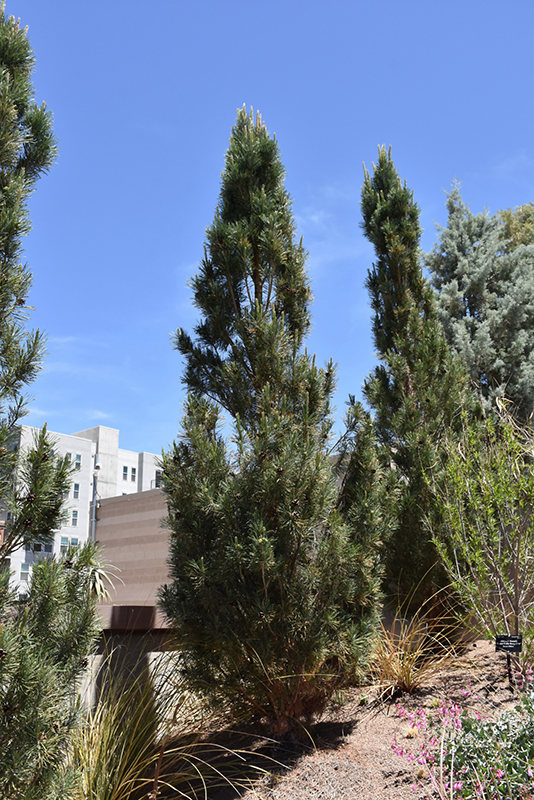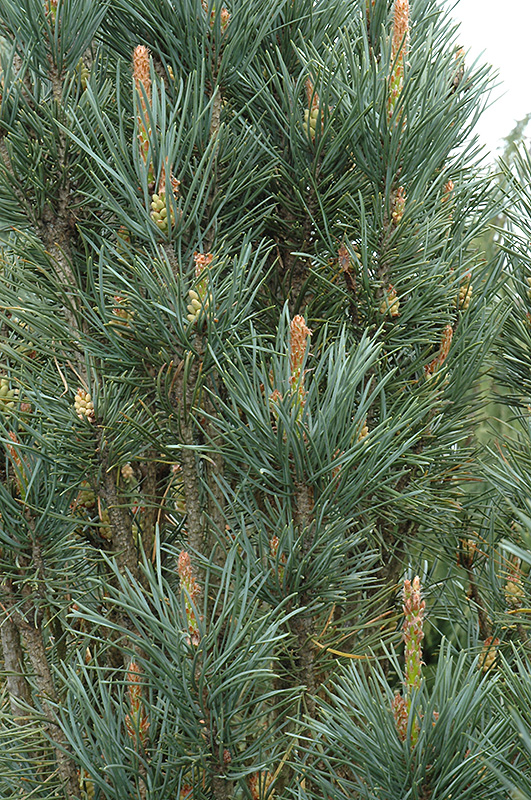Scotch Sentinel Pine
Pinus sylvestris 'Fastigiata'
Height: 25 feet
Spread: 8 feet
Sunlight:
![]()
Hardiness Zone: 3b
Other Names: Scots Pine
Description:
A wonderfully distinctive evergreen tree, featuring showy orange bark when mature; tightly upright and columnar habit of growth; hardy and adaptable, excellent as a tall screen, for adding vertical interest or as a feature tree in smaller home landscapes
Ornamental Features
Scotch Sentinel Pine is primarily valued in the landscape for its rigidly columnar form. It has rich green evergreen foliage. The needles remain green throughout the winter. The shaggy orange bark is extremely showy and adds significant winter interest.
Landscape Attributes
Scotch Sentinel Pine is an evergreen tree with a strong central leader and a narrowly upright and columnar growth habit. Its average texture blends into the landscape, but can be balanced by one or two finer or coarser trees or shrubs for an effective composition.
This is a relatively low maintenance tree. When pruning is necessary, it is recommended to only trim back the new growth of the current season, other than to remove any dieback. Deer don't particularly care for this plant and will usually leave it alone in favor of tastier treats. It has no significant negative characteristics.
Scotch Sentinel Pine is recommended for the following landscape applications;
- Accent
- Vertical Accent
Planting & Growing
Scotch Sentinel Pine will grow to be about 25 feet tall at maturity, with a spread of 8 feet. It has a low canopy with a typical clearance of 3 feet from the ground, and is suitable for planting under power lines. It grows at a fast rate, and under ideal conditions can be expected to live for 80 years or more.
This tree should only be grown in full sunlight. It prefers dry to average moisture levels with very well-drained soil, and will often die in standing water. It is considered to be drought-tolerant, and thus makes an ideal choice for xeriscaping or the moisture-conserving landscape. It is not particular as to soil type or pH. It is highly tolerant of urban pollution and will even thrive in inner city environments. This is a selected variety of a species not originally from North America.



